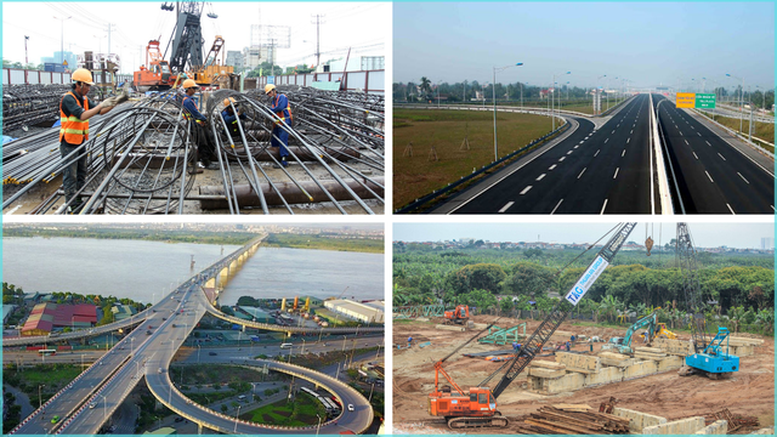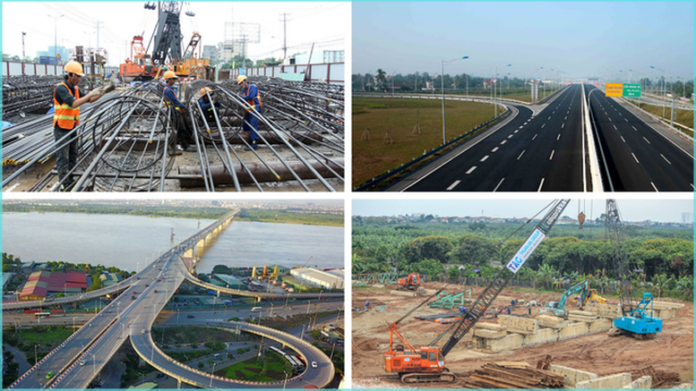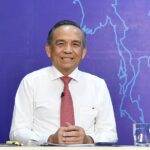
Public Investment Disbursement: Positive Signals but Persistent Shortcomings
In 2025, the total planned public investment from the state budget (NSNN) approved and allocated by the National Assembly stood at VND 829,365 billion. Based on this, the Prime Minister allocated VND 825,922 billion to ministries, sectors, and localities. Including the amount added by local authorities and the carried-over capital from previous years, the total public investment plan reached VND 956,891.7 billion.
As of May 23, 2025, the total allocated capital reached VND 891,495 billion, accounting for 99.03% of the plan assigned by the Prime Minister. However, there remains an unallocated amount of VND 8,037 billion, equivalent to 0.97% of the plan, due to some projects facing delays in procedures, lacking construction sites, or awaiting land-related revenues. The disbursement progress also shows positive changes. It is estimated that by May 31, 2025, the disbursement will reach VND 209,669 billion, equivalent to 21.9% of the overall plan and 24.1% of the plan assigned by the Prime Minister, an increase compared to the same period in 2024. Several ministries and sectors have disbursed over 30% of their allocated capital, including the Vietnam General Confederation of Labour, the Ministry of Public Security, and the Voice of Vietnam. Some localities, such as Phu Tho, Thanh Hoa, Lao Cai, and Thai Nguyen, have also achieved very positive results.
Nevertheless, many units have disbursed less than 10%, and some have not disbursed any capital at all. Various reasons have been cited, including projects lacking construction sites, incomplete investment procedures, and organizational mergers that have led to unstable management apparatuses. Some localities, such as Lai Chau, Binh Phuoc, and Dong Nai, fall into the group with a disbursement rate of less than 15%.
Additionally, the Ministry of Finance has recorded 25 ministries, central agencies, and 8 localities proposing to reduce their 2025 capital plans. The reasons include projects no longer requiring capital, prolonged procedural obstacles, or the need to adjust the scale due to organizational structure changes.
Key Recommendations to Address Bottlenecks
To achieve the target of 100% disbursement, the Ministry of Finance proposes nine groups of key solutions. Firstly, ministries, sectors, and localities need to thoroughly review their experience and resolutely implement the directions of Resolution 124/NQ-CP and Notification No. 253/TB-VPCP.
Firstly, it is essential to decisively address obstacles in the process of administrative unit rearrangement, ensuring uninterrupted implementation of projects. Next, focus on resolving bottlenecks related to site clearance, considering this a crucial factor in public investment deployment.
For projects utilizing ODA capital, enhance coordination between the Ministry of Finance and donors to promptly overcome barriers. Particularly for the National Target Programs (NTPs), regular supervision is necessary to ensure synchronization between different levels of government, especially in the context of administrative unit mergers.
The Ministry of Finance also suggests reducing the capital plans of projects with slow disbursement and reallocating the funds to projects with good progress. Project owners must report monthly and quarterly disbursement progress and be held accountable to the managing authorities.
Regarding key projects, the Ministry of Finance proposes enhanced supervision and expedited procedures to enable their commencement or completion before the 80th anniversary of the August Revolution and National Day on September 2, 2025. The goal is to complete at least 3,000 km of expressways and more than 1,000 km of coastal roads in 2025.
The Ministry of Finance also reminds localities to urgently disburse the capital carried over from 2024 to 2025, as per Notification No. 7067/BTC-TH. This is an important resource, and failure to disburse it timely will result in waste and impact the public investment growth target.
Overall, while the disbursement progress is improving, there remains a gap between political determination and implementation effectiveness. Therefore, to achieve the 100% disbursement target, apart from procedural improvements, it is crucial to focus on governance capacity, coordination between parties, and the role of leaders. With specific directions from the Government, the engagement of the entire political system, and supervision from the Ministry of Finance, it is expected that public investment in 2025 will play a significant role in promoting economic growth amid ongoing challenges.
“Highway Expansion Project Snagged by Land Issues: Nghe An Authorities Urge Expedited Progress”
The challenges and obstacles faced by the project prompted the Chairman of the People’s Committee of Nghe An province to urge the investor to expedite the progress of this key construction.
“Streamlined and Superior: How Special Mechanisms Slashed Over 1,000 Days Off Social Housing Procedures.”
“This information was presented by Mr. Le Hoang Chau, Chairman of the Ho Chi Minh City Real Estate Association (HOREA), at a seminar on “Breakthroughs for Social Housing Development” organized by the Government Portal on June 5th.”





















